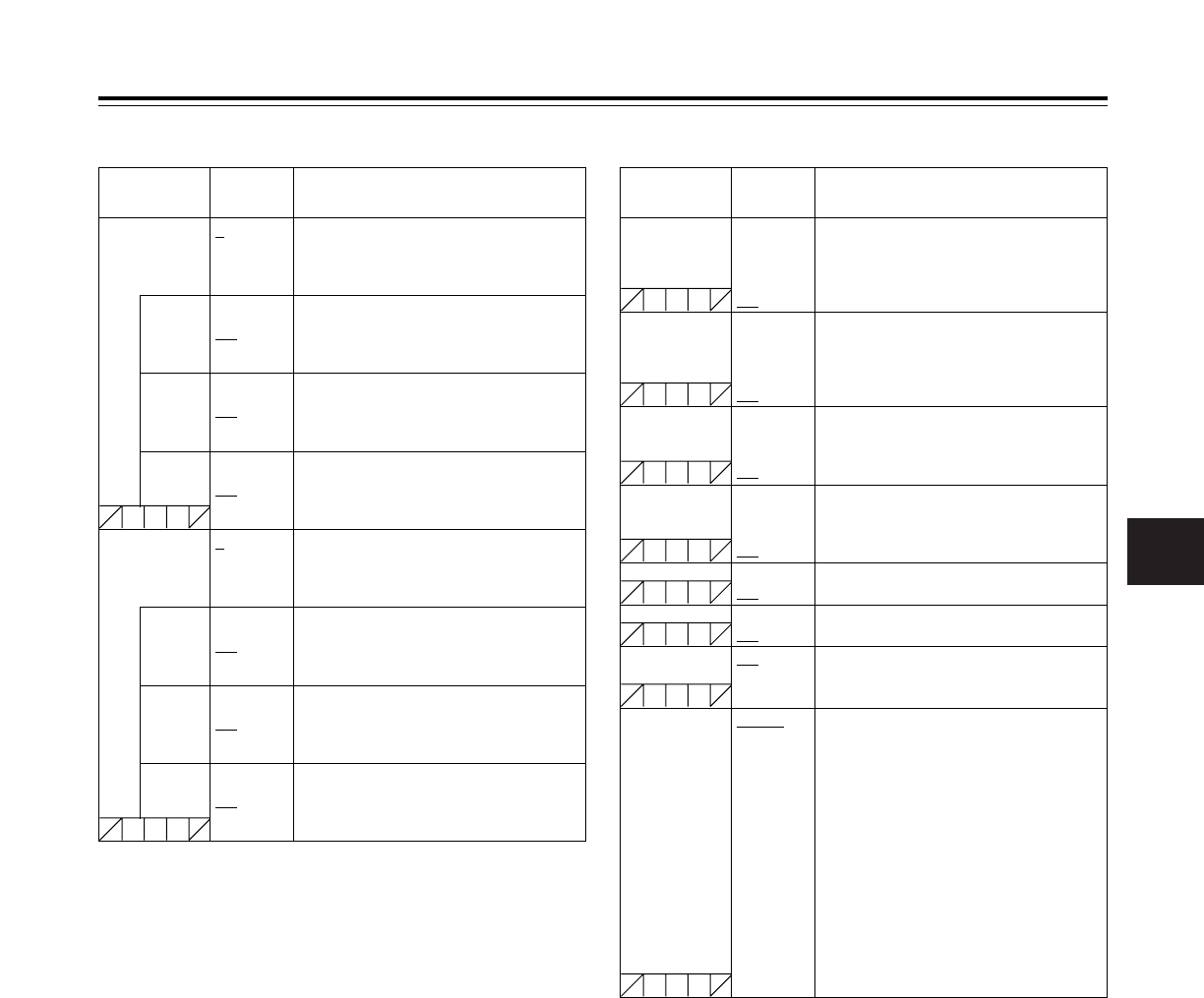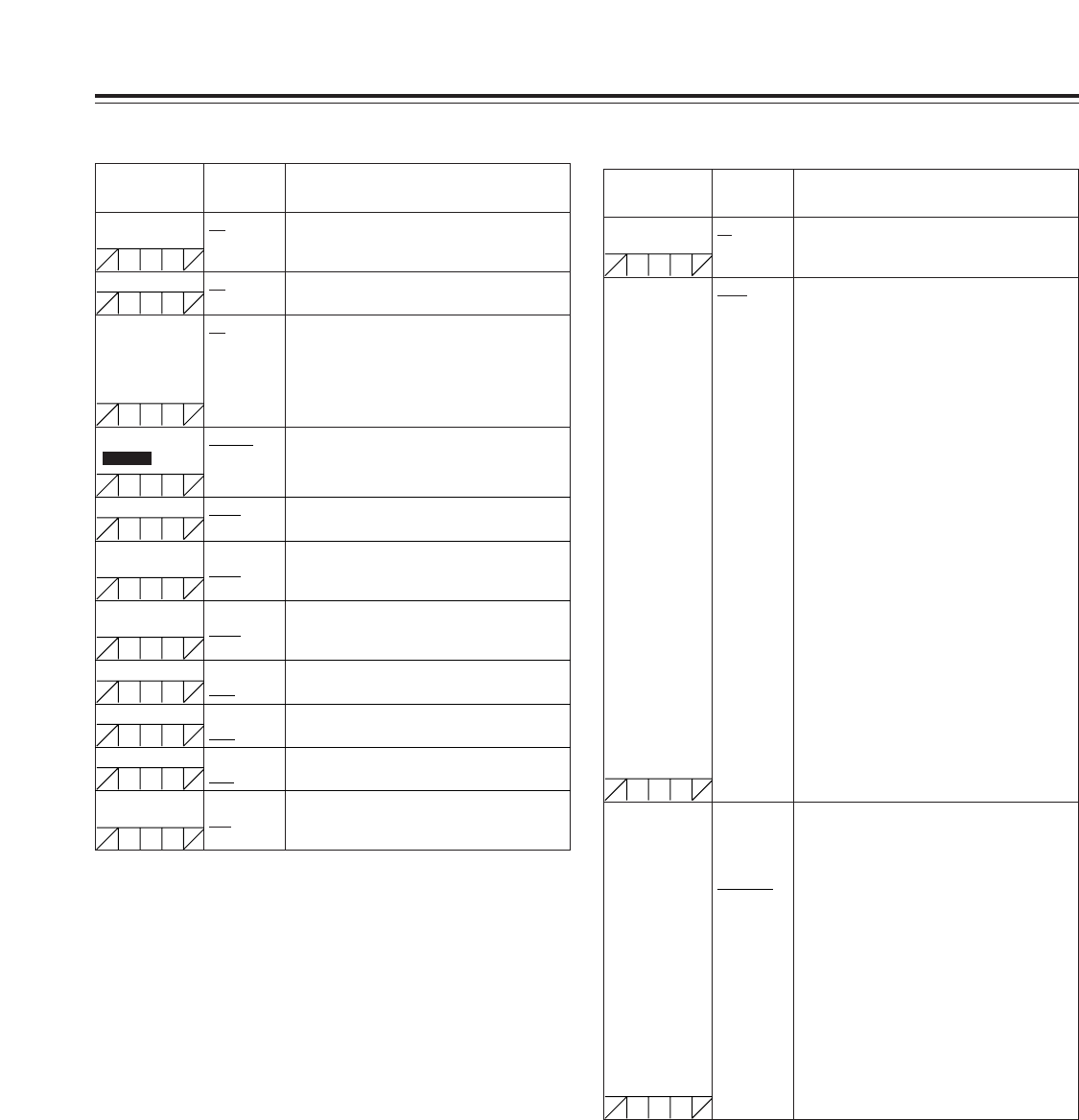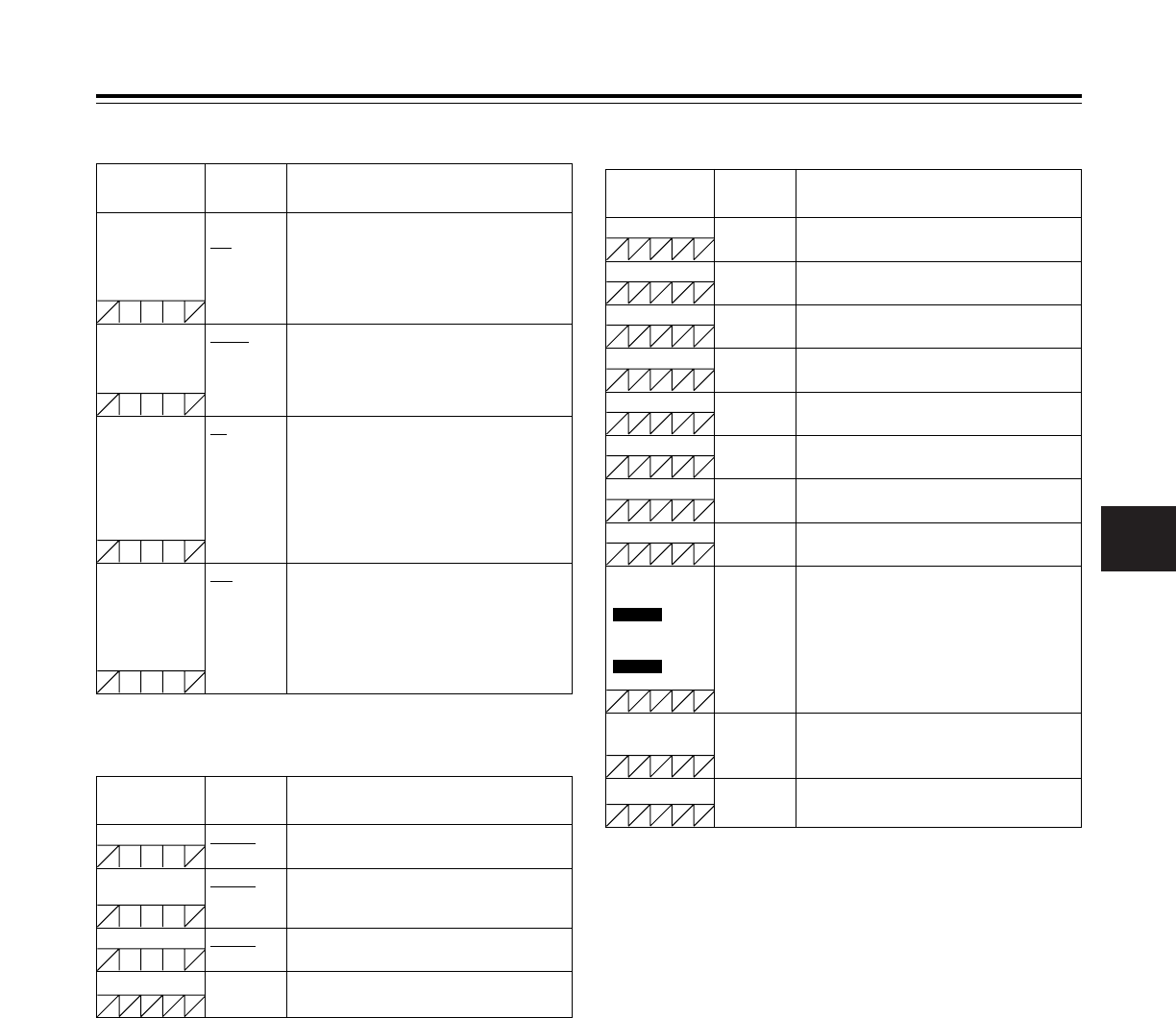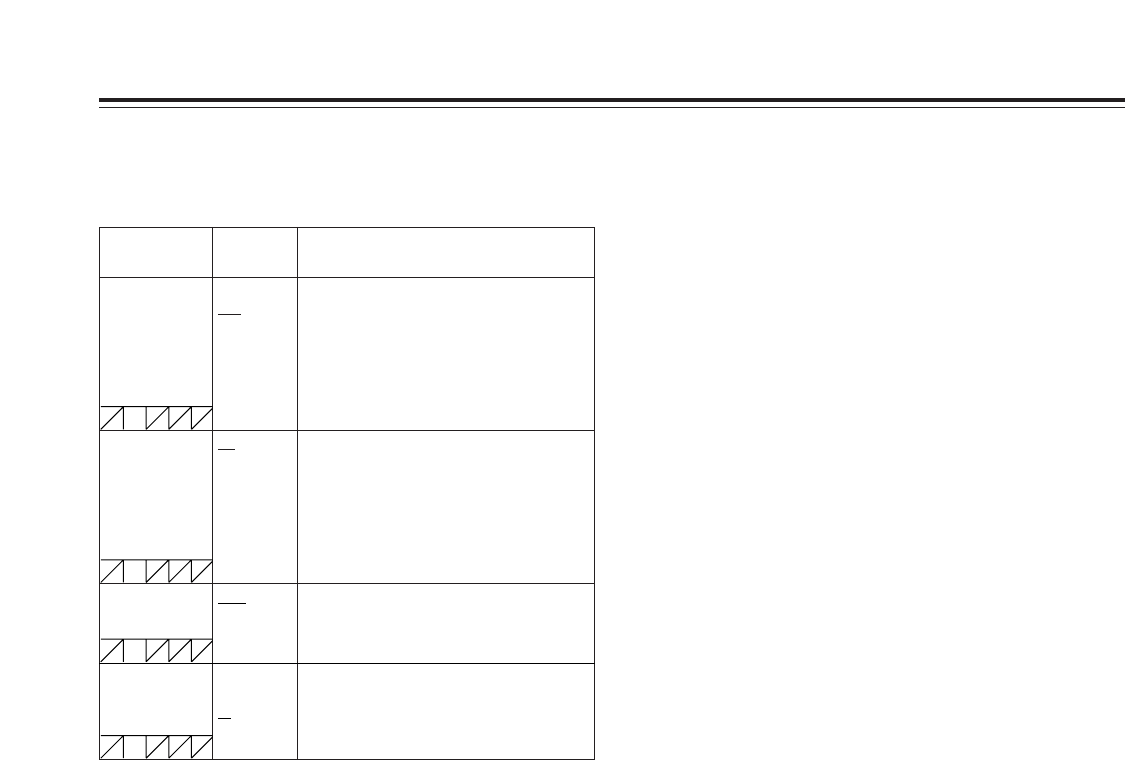4
Contents
5-4 Audio input signal preparations ............. 66
5-4-1 When using the front microphone ............... 66
5-4-2 When using an external microphone ........... 66
5-4-3 When using a wireless receiver ................... 67
5-4-4 When using an audio component ................ 67
5-5 Mounting the unit on a tripod ................. 68
5-6 Attaching the shoulder strap .................. 68
5-7 Adjusting the position
of the shoulder pad .................................. 68
5-8 Attaching the rain cover .......................... 69
5-9 Connecting the extension control unit
(AJ-EC3P) ................................................. 69
5-10 Attacching the FEONT AUDIO LEVEL
control knob ............................................. 69
Chapter 6 Maintenance and
inspections ........................... 70
6-1 Inspections prior to shooting ................. 70
6-1-1 Preparation for inspections .......................... 70
6-1-2 Inspecting the camera unit .......................... 70
6-1-3 Inspecting the VTR unit ............................... 71
6-1-4 Self-diagnosis function ................................ 72
6-2 Maintenance ............................................. 73
6-2-1 Condensation ............................................... 73
6-2-2 Head cleaning .............................................. 73
6-2-3 Cleaning inside the viewfinder ..................... 73
6-2-4 Phenomena inherent to CCD cameras ....... 73
6-2-5 Replacing the backup battery ...................... 73
6-2-6 Connectors and signals ............................... 74
6-3 Warning system ....................................... 75
6-3-1 Warning description tables .......................... 75
6-3-2 Error codes .................................................. 77
6-3-3 Emergency eject .......................................... 78
Chapter 7 Menu description tables ...... 79
7-1 Menu configfation .................................... 79
7-2 SYSTEM SETTING .................................... 80
7-2-1 SYSTEM MODE .......................................... 80
7-2-2 OPTION MODE ........................................... 81
7-2-3 REC FUNCTION ......................................... 82
7-2-4 OUTPUT SEL .............................................. 83
7-2-5 GENLOCK ................................................... 83
7-3 PAINT ........................................................ 84
7-3-1 ROP ............................................................. 84
7-3-2 MATRIX ....................................................... 84
7-3-3 COLOR CORRECTION .............................. 85
7-3-4 LOW SETTING ............................................ 85
7-3-5 MID SETTING ............................................. 86
7-3-6 HIGH SETTING ........................................... 86
7-3-7 ADDTIONAL DTL ........................................ 87
7-3-8 SKIN TONE DTL ......................................... 87
7-3-9 KNEE/LEVEL .............................................. 88
7-3-10 GAMMA ....................................................... 88
7-3-11 FLARE ......................................................... 88
7-3-12 CAMERA SETTING .................................... 89
7-4 VF .............................................................. 89
7-4-1 VF DISPLAYS ............................................. 89
7-4-2 VF MARKER ............................................... 90
7-4-3 USER BOX .................................................. 90
7-4-4 VF INDICATOR1 ......................................... 90
7-4-5 VF INDICATOR2 ......................................... 91
7-4-6 MODE CHECK IND ..................................... 91
7-4-7 !LED ............................................................ 91
7-5 OPERATION .............................................. 92
7-5-1 CAMERA ID ................................................ 92
7-5-2 SHUTTER SPEED ...................................... 92
7-5-3 SHUTTER SELECT .................................... 92
7-5-4 USER SW .................................................... 93
7-5-5 SW MODE ................................................... 93
7-5-6 WHITE BALANCE MODE ........................... 94
7-5-7 USER SW GAIN .......................................... 94
7-5-8 IRIS ............................................................. 95
7-6 FILE ........................................................... 95
7-6-1 CARD READ/WRITE ................................... 95
7-6-2 CARD R/W SELECT ................................... 95
7-6-3 LENS FILE .................................................. 96
7-6-4 SCENE ........................................................ 96
7-6-5 INITIALIZE ................................................... 96
7-7 MAINTENANCE ........................................ 96
7-7-1 SYSTEM CHECK ........................................ 96
7-7-2 DIAGNOSTIC .............................................. 96
7-7-3 LENS ADJ ................................................... 96
7-7-4 BLACK SHADING ....................................... 97
7-7-5 WHITE SHADING ....................................... 97
7-8 VTR MENU ................................................ 97
7-8-1 VTR FUNCTION .......................................... 97
7-8-2 BATTERY/TYPE ......................................... 98
7-8-3 BATTERY SETTING1 ................................. 98
7-8-4 BATTERY SETTING2 ............................... 100
7-8-5 MIC/AUDIO1 ............................................. 101
7-8-6 MIC/AUDIO2 ............................................. 102
7-8-7 TC/UB ........................................................ 102
7-8-8 UMID SET/INFO ........................................ 103
7-8-9 VTR DIAG ................................................. 103
7-9 OPTION MENU......................................... 104
7-9-1 OPTION ..................................................... 104
Chapter 8 Specifications ..................... 105
UniSlot
®
is a registered trademark of Ikegami Tsusinki co., Ltd.












































































































